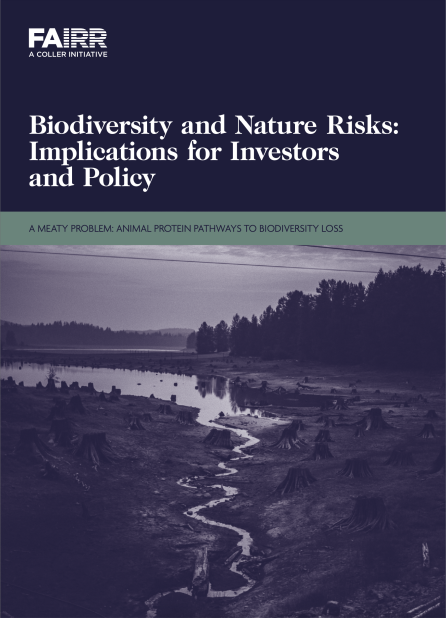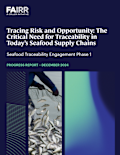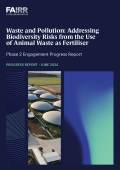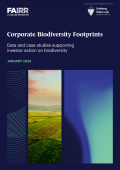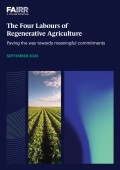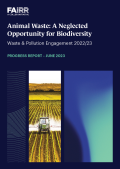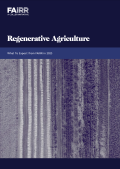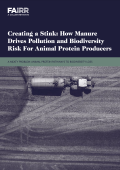Executive Summary
Biological diversity is often defined as the “variability among living organisms of all sources” ¹. The loss of biodiversity undermines the ability of nature to provide ecosystem services on which human society, economies, and other species rely on.
Biodiversity services are essential to the economy. The World Economic Forum estimates that nearly $44 trillion dollars of economic value is generated each year as gross value added from biodiversity². However, biodiversity is experiencing a precipitous decline, with many species facing the risk of extinction.
The industries most vulnerable to the economic losses resulting from biodiversity loss and decline are, unsurprisingly, those highly dependent on natural systems: forestry, agriculture, fisheries, and aquaculture.
At the same time, these sectors are responsible for the decline in global biodiversity. Agriculture is the number one driver of biodiversity loss globally and contributes to one third of global emissions³,⁴. Livestock production and feed account for over 70% of all agricultural land use⁵, whilst cattle and soy for animal feed are both among the top three drivers of deforestation globally⁶.
Biodiversity loss and the associated economic costs are increasingly being recognized as sources of financial risk. As the main drivers for change in ecosystem diversity, the global food system, and intensive animal agriculture specifically, carry a large share of responsibility for the damage done, and are in urgent need of transformation. This briefing will explore biodiversity risks that are driven by the food system, including animal agriculture and the implications these have both for investors and policy.
Reference(s)
[1] Convention on Biological Diversity, ‘Convention Text’, 2006. [2] WEF, ‘Nature Risk Rising’, 2020. [3] Benton et al., ‘Food System Impacts on Biodiversity Loss’, 2021. [4] Crippa et al., ‘Food Systems Are Responsible for a Third of Global Anthropogenic GHG Emissions’, 2021. [5] FAO, 'Land Use Statistics and Indicators', 2021. [6] Weisse and Goldman, ‘Just 7 Commodities Replaced an Area of Forest Twice the Size of Germany Between 2001 and 2015’, 2021.

